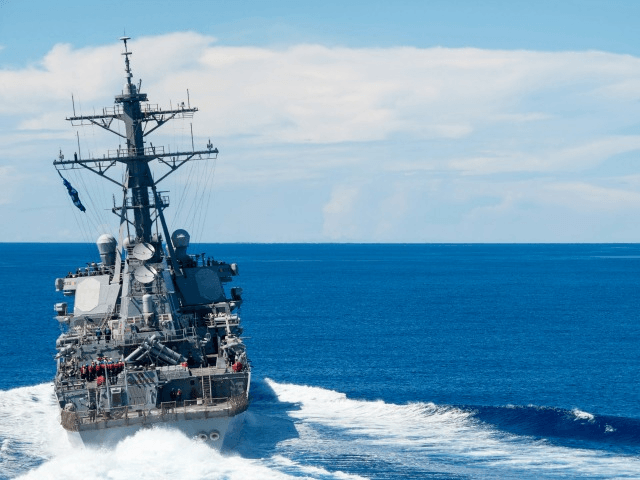WASHINGTON – The U.S. Navy is going to back to basics after a series of fatal collisions in the Asia Pacific region earlier this year that left 17 sailors dead.
The guidelines went out on September 15, according to the New York Times, and include reducing the number of hours sailors have to stand watch, adopting Naval Postgraduate School studies that recommend fewer hours to match circadian rhythms.
Ships steaming in crowded waters will now broadcast their positions, as other vessels do. Ships with crews that lack certification in basic seamanship may have to stay in port until they are certified.
A recent investigation by the Government Accountability Office found that the majority of ships in the 7th Fleet – including the two that fatally collided with other ships – lacked all their certifications, many being expired for months.
There are also new reporting requirements for major equipment failures and near misses.
Commanders will also require sailors to use old-fashioned compasses, pencils, and paper to tack potential hazards, and reduce a captain’s ability to set rules for the watch team if he is not on the ship’s bridge, the Times said.
Vessels that come within 5,000 yards of a Navy ship must be manually tracked to avoid collisions.
The new orders were issued by Vice Adm. Thomas S. Rowden, the Navy’s top officer for ships worldwide, after a 24-hour operational pause last month, to examine “basic seamanship, teamwork and other fundamental safety and operational standards.”
Chief of Naval Operations Adm. John Richardson is expected to announce additional guidance in the next several days.
The rules are just some of the steps the Navy has taken in recent weeks since the two fatal collisions, as well as two other non-fatal accidents in the region before them.
The Navy has fired the commander of 7th Fleet Vice Adm. Joseph Aucoin, Task Force 70 commander Rear Adm. Charles Williams, and Destroyer Squadron 15 commander Capt. Jeffrey Bennett.
On Wednesday, Adm. Scott Swift, commander of U.S. Pacific Fleet, announced he would retire, after not being chosen as the commander of U.S. Pacific Command. Adm. Rowden has also said he will retire early.
In August, the USS John S. McCain collided with a Liberian-flagged tanker, killing 10 sailors.
In June, the USS Fitzgerald collided with a Philippines-flagged container ship, killing seven sailors.
The GAO had also been warning for years that the Navy’s increased operational tempo with fewer ships was unsustainable, reducing time for training and maintenance.
This month, John Pendleton, the director of defense force structure and readiness issues for the Government Accountability Office, testified to the House Armed Services Committee hearing.
“I don’t know what specifically caused the accidents, but I do know the Navy is caught between unrelenting operational demand and a limited supply of ships,” he said.
“The Navy’s been warning for some time, that they have been keeping a pace that is unsustainable. Our work has confirmed the difficulty, and our reports have shown it.”

COMMENTS
Please let us know if you're having issues with commenting.